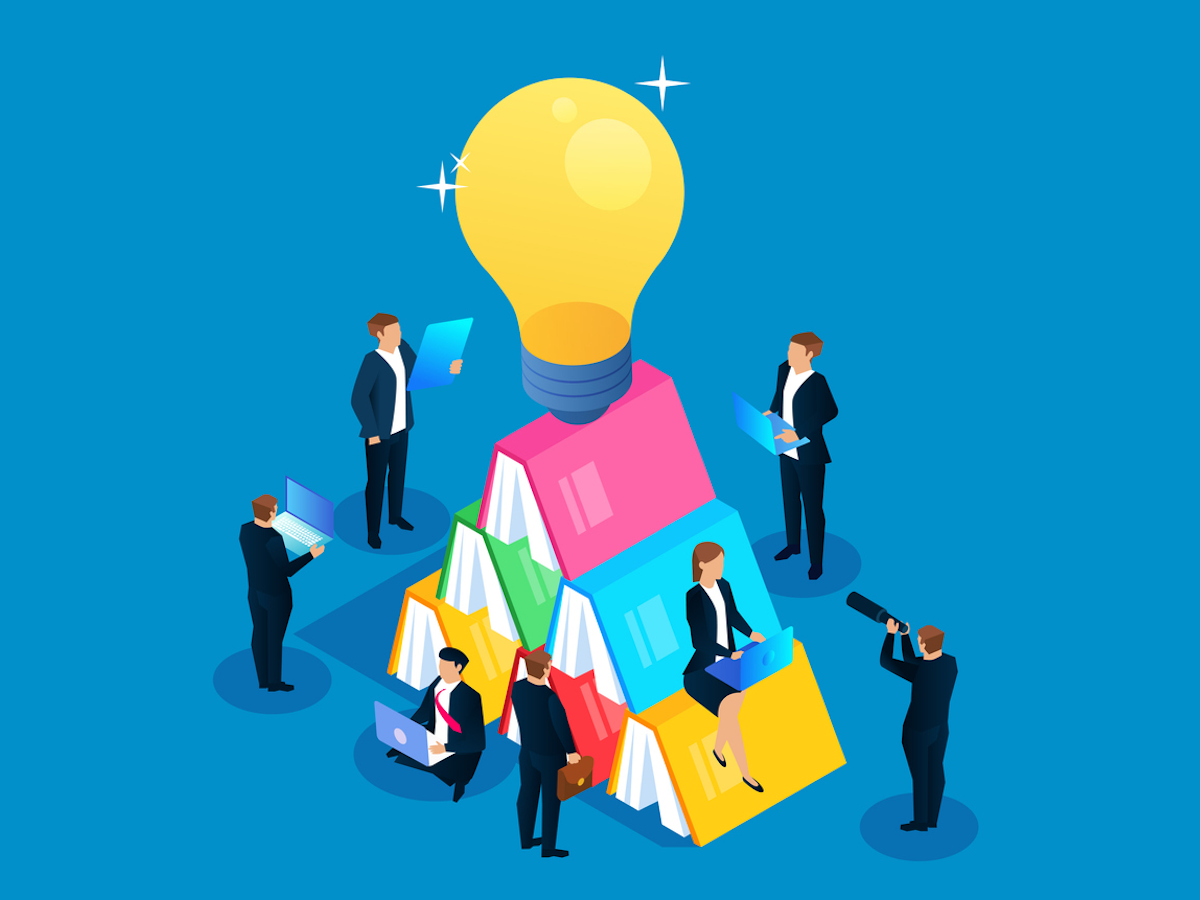Below I have shared my view (a summary) on the readings and videos we had for this week.

Reading 1 – What is a Personal Learning Network (PLN)?
Because of technology and whatever life throws at us, what we learn in school is not enough it is a lifelong learning process. For example, we weren’t prepared when covid hit but we all had to adjust immediately and move almost everything online.
We cannot solely rely on what the education system provides us instead we have to take our own time to adjust as life goes on.
Reading 2 – Understanding Personal Learning networks: Their Structure, Content and the Networking Skills Needed to Optimally Use Them
Professional networking is the act of making connections with other professionals, with or without the intention of making long–term ties with them
A skill to have is the ability to find common ground with another professional and build a connection through that.
This benefit the individual as It enhances their knowledge and helps in the development of their professional career and enables them to get professional advice when the time comes. PLNs could also benefit the organization as it help gain new trustworthy partners.
According to this reading, there are three types of connections – strong, weak, and very weak. A very weak tie does not mean they’re unnecessary it may be very useful to an individual in the future with time. The structure of a person’s PLN depends solely on them and can change over time. The strongest connection that we have right now can change into our weakest connection if we for example suddenly decided to change our career path. So no matter how strong or weak the connections we have we should put an effort to maintain them.
A person needs to build, maintain, and sometimes activate their professional ties with the help of web-based technologies or by joining conferences, workshops, and seminars.
Benevolence, like-mindedness, and real potential for collaboration are some very important factors that help a professional put value on the connections they made. It helps them categorize their connection into the three groups i.e., strong, weak, and very weak ties.
Reading 3 – Networked Privacy
There are millions of info/photos about us online whether we like it or not. Cannot control what people on the internet see about us. Instead, some people have found a way to share their things while protecting their own privacy.
For example, teens have come up with a way to have their own code words, and only people who are in the know and have the necessary information have access to what they’re talking about. So even tho they can’t control what about themselves is out there they can to some extent know who gets to see it and who doesn’t

Video 1 – ERIC STOLLER – What is Digital Identity?
This video talks about our digital identity and how it’s basically our digital footprint. It’s what people online believe you to be.
At the rate that technology is growing learning has become a lifelong process so sometimes it may get boring but social media helps keep it interesting. However, there are lots of fake news online. This is where critical thinkers come in. They stay digitally aware so they can either confirm or deny its truthfulness.
Video 2 – The Value of Digital Identity for the Global Economy and Society
Not all people have the luxury of having a digital presence as they might lack access to things like wifi or a computer. But countries like Estonia and India have overcome this by creating a digital ID for their citizens themselves. The benefits to this among many other things are that its trustworthiness (as it is sometimes issued by the government), saves time, allows a person to sign important documents online, and it also doesn’t have the risk of being lost or getting stolen because it’s all online.
A digital ID is beneficial to institutions as well as they can trust this digital ID provided to them for example from their potential employees and know that they’re safe from fraud. However, with the rapid development of technology, it may be possible for a person to manipulate their ID.
Some other concerns about this ID that people have are the security of their personal information that is contained within. For this, governments have come up with strict rules when it comes to who you can hand out this ID to. Users can also invest in companies like ‘DigiMe’ where they control and manage data allowing the individual to decide what they share and who they share it with.

Leave a Reply